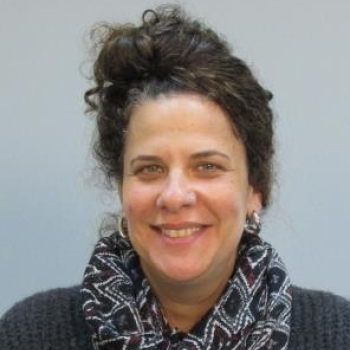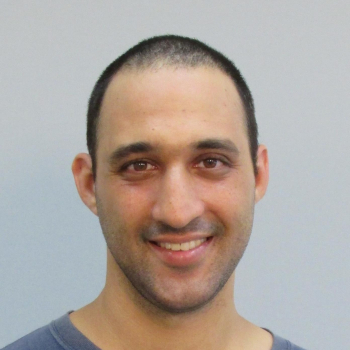About the Project
Developing Deep Learning models to forecast flash floods and identify sinkhole-prone areas with unprecedented accuracy.
The timely forecasting of extreme weather events has a tremendous impact on crisis management and community safety. However, predicting these events with necessary accuracy is extremely challenging. It is hoped that by using the most recent and advanced deep learning (DL) methodologies together with extensive data sources that are now available can bring unprecedented capabilities in the precise prediction of hurricanes, tornados, floods, storms and other potentially dangerous weather events.
The research team is working on two projects in this area. The first project focuses on predicting sinkhole-prone areas along the shore of the Dead Sea by identifying land subsidence in satellite radar-based data. The second project involves forecasting flash floods mainly in the south of Israel using radar meteorological and water flow data.
The most crucial step in any data-driven solution is carefully learning and properly setting up the input data. To this end, both projects are carried out using advanced DL methods, including segmentation Encoder-Decoders, Transformers, Graphical Neural Nets and others.
In this field of study, the major issue is the occurrence of false predictions. The team is tackling these by improving the setup of input data, considering various data augmentations, re-examining the ground truth, and adding domain knowledge to the solutions.
If the research proves successful for the forecasting of extreme floods, this will be groundbreaking in and of itself. In addition, it could be applied to other types of weather events, and provide early warning capabilities that could potentially save lives and reduce destruction in the affected area. Locating sinkhole-prone areas is critical for infrastructure planning, safety considerations, as well as for the tourism and agriculture industries. The model for sinkhole prediction using satellite radar data that is being developed by the research team could be implemented in other parts of the world, providing an important solution to a difficult and widespread problem.



